Best Film for the Olympus OM-1
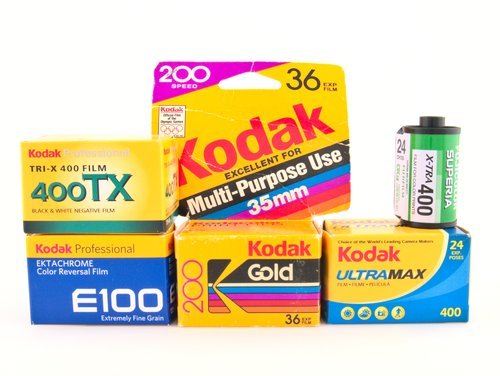
The best film to use in your Olympus OM-1 will have to be based on your lens, available light, and type of film you want to shoot.
To avoid having to carry around a flash or tripod, purchase a 35mm film that has an ISO of 400 or faster.
Make sure that you have a fast lens if you want to take photos in low light, conditions that are often found indoors. For lens suggestions read my short article on the the best lenses for the Olympus OM-1.
Affiliate Links
Outside the Shot is a participant in the Amazon Services LLC Associates Program, an affiliate advertising program designed to provide a means for sites to earn advertising fees by advertising and linking to Amazon.com.
As an eBay Partner, I may be compensated if you make a purchase. I also participate in affiliate advertising programs with KEH and Adorama. More can be found on the Affiliate Discolsure page.
I have purchased gear from all of these companies and I expect them all to receive repeat business from me.
I’m Rebuilding 🏗️
If the page doesn’t have the answer you’re looking for you can email me at contact AT this domain. That account will be checked on Sundays and Wednesdays.
You can also DM me on Reddit /u/OutsideTheShot or post in /r/OutsideTheShot.
Color Film
Consumer
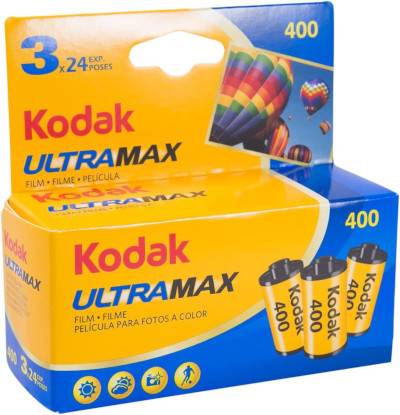
Kodak UltraMax 400 - This film can be used in a variety of lighting conditions and is an excellent selection for a color 35mm film. Kodak UltraMax 400 is fast enough so that you should be able to handhold the OM-1 in the majority of situations.
The photographs will have extremely good skin tones and leans towards the warm side.
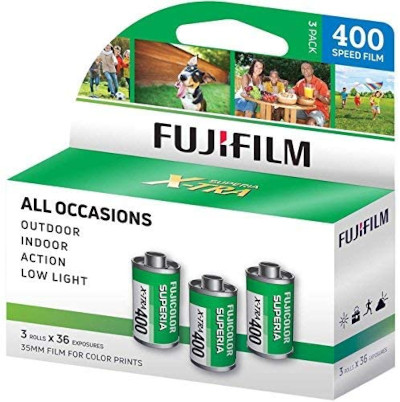
Fujifilm Superia X-TRA ISO 400 - Another option that could have far better availability depending on what country you are in.
Fuji images tend to have cooler tones with an emphasis on blues and greens, when compared to Kodak.
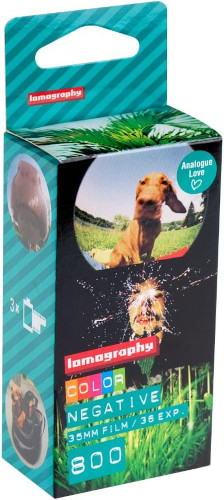
Lomography 800 - If you want an ISO 800 color film, there are not very many possible choices. For film focused on consumers, Lomography 800 is the sole option.
It is also available in the 120 film format, for use with a medium format camera.
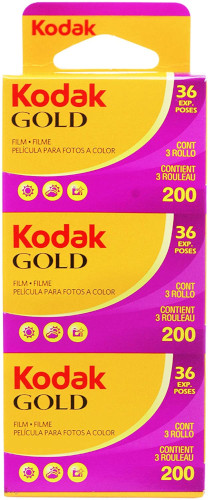
Kodak Gold 200 - A great solution to get that mid-1980s through 90s style. For the classic shooting experience use an on-camera flash.
Over-expose it by 1 or 2-stops to bring out the most popular look the film can achieve. This will give you the striking colors everyone loves the film for.
Professional
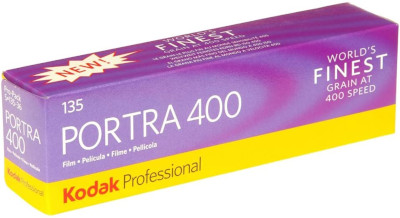
Kodak Portra 400 - By far the most popular color negative film among enthusiasts online. Overexpose the film by 1 or 2-stops to get the color the film is known for.
Kodak Portra is also available for purchase in ISO 800 and ISO 160 versions. 8x10 sheets, 4x5 sheets, and rolls of 120 film are also available to buy.
Black and White Film
Consumer
These film emulsions have low prices and good quality, making them quite popular to use in the Olympus OM-1.
The major appeal for photography students and budget minded photographers is the reasonable cost. Even if you don’t put yourself in those groups, it’s nice to have inexpensive rolls of 35 film readily available for testing newly acquired used cameras.
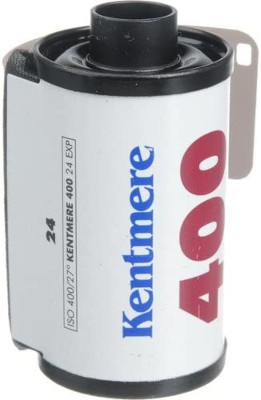
Kentmere 400 - It’s produced by the parent company of Ilford, Harmon Technology. This is good considering that allows this to be the most broadly sold B&W film out of the 3.
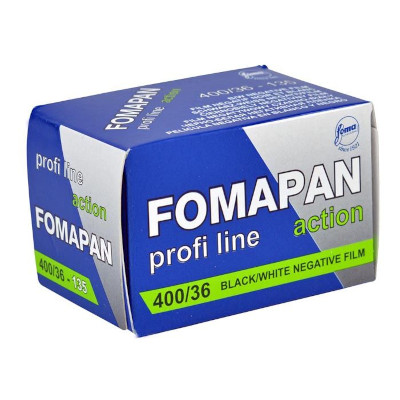
Foma Fomapan 400 Action - Might be much easier to acquire in Europe as the film is produced in the Czech Republic by Foma Bohemia.
A solid 35mm film to use for your initial couple of attempts at home developing or film photography. Also a good selection if you happen to be trying out a camera to ensure that it’s working properly.
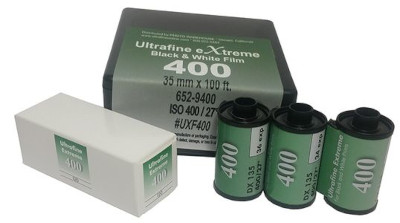
Ultrafine eXtreme 400 - You can get the lowest price by ordering it straight from Ultrafine.
They have developer kits for 35mm color film, so if you process film at home you could have already done business with them.
Professional
The two most commonly used black and white film stocks are Ilford HP-5 Plus 400 and Kodak Tri-X 400. They have a number of traits that are similar that help make them so well received, while retaining different appearances.
You can achieve good photographs after pushing both films 2-stops. A 35mm roll of film can be shot at ISO 400, 800, or 1600, making them quite versatile.
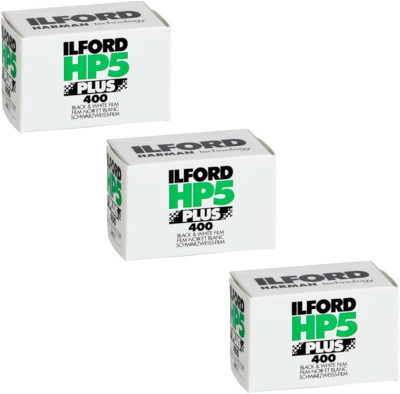
Ilford HP5 Plus 400 - The fundamental differences are that HP5 Plus is cheaper and has lower levels of contrast when compared to Tri-X. Minimal contrast can be beneficial because of the fact contrast can be increased when making a print or through digital post processing.
The film emulsion has subtle grain and still looks very good when pushed 2-stops.
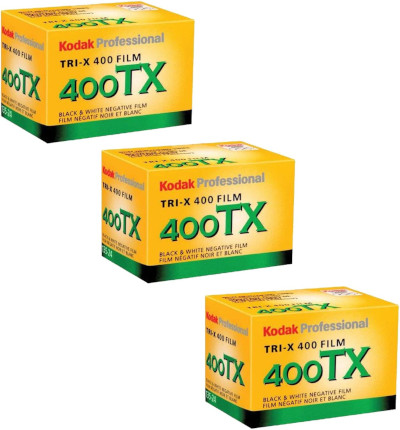
Kodak Tri-X 400 - This film stock provides a more distinctive look to it. To showcase the classic grain structure, contrast, and look of the film, it needs to be developed in Kodak D-76.
Kodak Tri-X clearly has a higher level of contrast. That is helpful if it happens to be the style you want because it results in considerably less work when making a darkroom print or editing digitially.
Transparency Film
Film stocks that create a positive image are known as transparency, slide, or reversal film. That means a projector or lightbox can be used to view the photographs.
The colors don’t need to be inverted to be viewed, unlike the more readily available negative films.
Slide films are thought of very hard to use due to the fact slide film has substantially less latitude and dynamic range when compared with negative film.
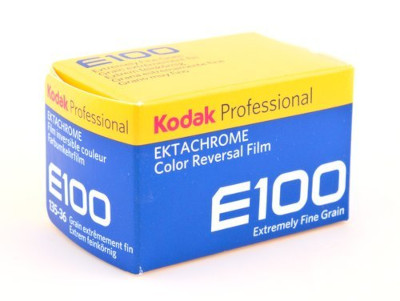
Kodak Ektachrome 100 - The film is known for fine grain and appealing skin tones. There is almost no hypersaturation of colors. Ektachrome is daylight color balanced.
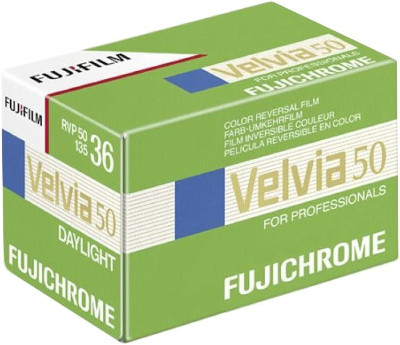
Fujifilm Velvia 50 - Delivers beautiful looking pictures that have elevated levels of saturation and contrast. It is razor-sharp and color balanced for daylight. Velvia has the top resolving power of any available reversal film stock.
There is another version that is ISO 100.
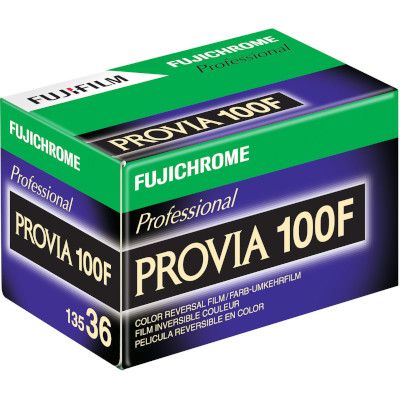
Fujichrome Provia 100F - Delivers realistic and vivid colors with moderate color saturation and contrast. It is a ultra fine grain film with a daylight color balance.
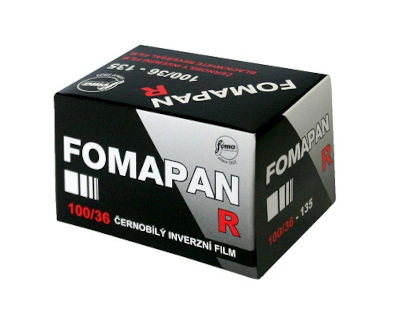
Foma Fomapan R100 - This is a black & white slide film, claimed by Fomapan as having very fine grain, increased contrast, and excellent resolving power. It’s also mentioned as a replacement for the long discontinued Agfa Scala Film Stock.
Film Basics
Consumer vs Professional Film
Pro films cost more due to the fact that they can more easily be pushed, have increased dynamic range, and latitude.
There is a big difference in availability. Consumer film stocks can generally still be purchased from pharmacies and big-box stores in meager amounts. Professional film stocks needs to be bought from a photography store or online.
ISO
A film’s sensitivity to light is represented by the ISO.
The higher the film’s ISO, the less light is required to capture a film frame. This comes at the cost of more noticeable film grain.
It might be tough to handhold the OM-1 with ISO 100 or slower speed films (ISO 50, ISO 25, etc). The will probably take longer will most likely take longer than what you’re able to handhold without causing motion blur unless you’re out in full sun.
A flash, tripod, and/or fast lens are going to help you with longer shutter speeds. Using a high speed ISO 800 or ISO 400 film will help make the additional equipment not needed.
As a quick note, the ISO knob is labeled as ASA on the Olympus OM-1. The shift to using ISO from ASA (American Standards Association) came after the creation of the International Standards Organization (ISO).
Latitude
Latitude is the range of stops a film can be overexposed while maintaining adequate results. Pro films have a larger latitude to go along with a slightly higher price.
Negative film has more latitude compared to transparency film. That is a reason it’s deemed to be harder to shoot.
Dynamic Range
The difference between the highlights and shadows details of a photograph is described as dynamic range. Parts of a photograph that don’t fit within this range will appear as totally white overexposed highlights or completely black underexposed shadows.
A bigger dynamic range is advantageous since a bigger range makes working in a variety of lighting conditions easier.
- Digital cameras 14+ stops
- Negative film up to 13 stops
- Slide film 6-8 stops
The constrained dynamic range of slide film is another reason it’s viewed as challenging to shoot. An excellent time to test it out would be during the golden hour.
Film Type
The Olympus OM-1 takes 35mm film that is in metal canisters. The film can also be described as 135 film, and it’s the most frequently used film format.
120 or 220 film, used by medium format cameras, is the only other film format you are going to encounter}.
Switching the film you are working with will alter the look of your photos. This is an example of the wonderful things about using film.
DX Coded Film
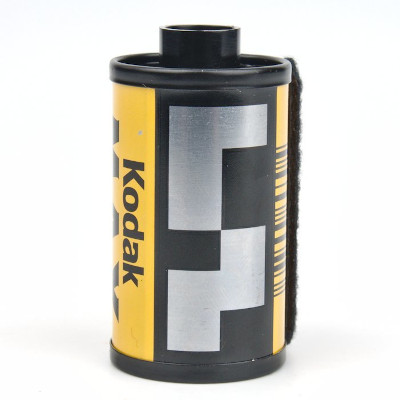
Almost all new 35mm film offered at this time has a DX code. This allows electronically controlled cameras to automatically detect and set the ISO when the film is loaded into the camera.
The ISO (ASA) on the Olympus OM-1 has to be manually selected. Which means that DX-coding will not do anything.
Olympus OM-1 Resources
Where to Get 35mm Film Developed?
There are a range of possibilities for where to process film. For a more thorough discussion of the choices go to my article on Where to Get Film Developed.
WARNING: Big box stores and pharmacies don’t develop film at the store. They mail the film away to be processed by a separate company. Consequently, you won’t get your developed negatives back.
- Develop Film at Home
- Use a Local Photography Lab
- Use a Mail Order Photo Lab
- Pharmacy or Big Box Store
Sending your film to a mail-order photo lab to be processed and scanned is the most straightforward option if you’re new to shooting film. A downside to this is that it will become pricey if you frequently shoot film.
So long as you’re using a moderate to high volume of film, there are a couple of things that can be done to reduce your expenses.
Bulk Loading Film
Ordering a bulk roll of 100 feet of film and loading in into canisters by hand is among the common methods to save money.
After you are done, you will get roughly 18 rolls of 36 exposures. You should expect to save 20-30% depending on the film you choose.
Be aware that you’re limited to 100’ rolls of black & white film. This is due to black & white film is easier and cheaper to process yourself.
Home Developing and Scanning
Any film can be processed by hand. In fact it’s a good method to cut costs so you can use more film with your Olympus OM-1.
Black & white film is by far the simplest to develop. Chemical temperature and time are both not as critical to get correct with black and white film as time and temperatures are for transparency or color negative.